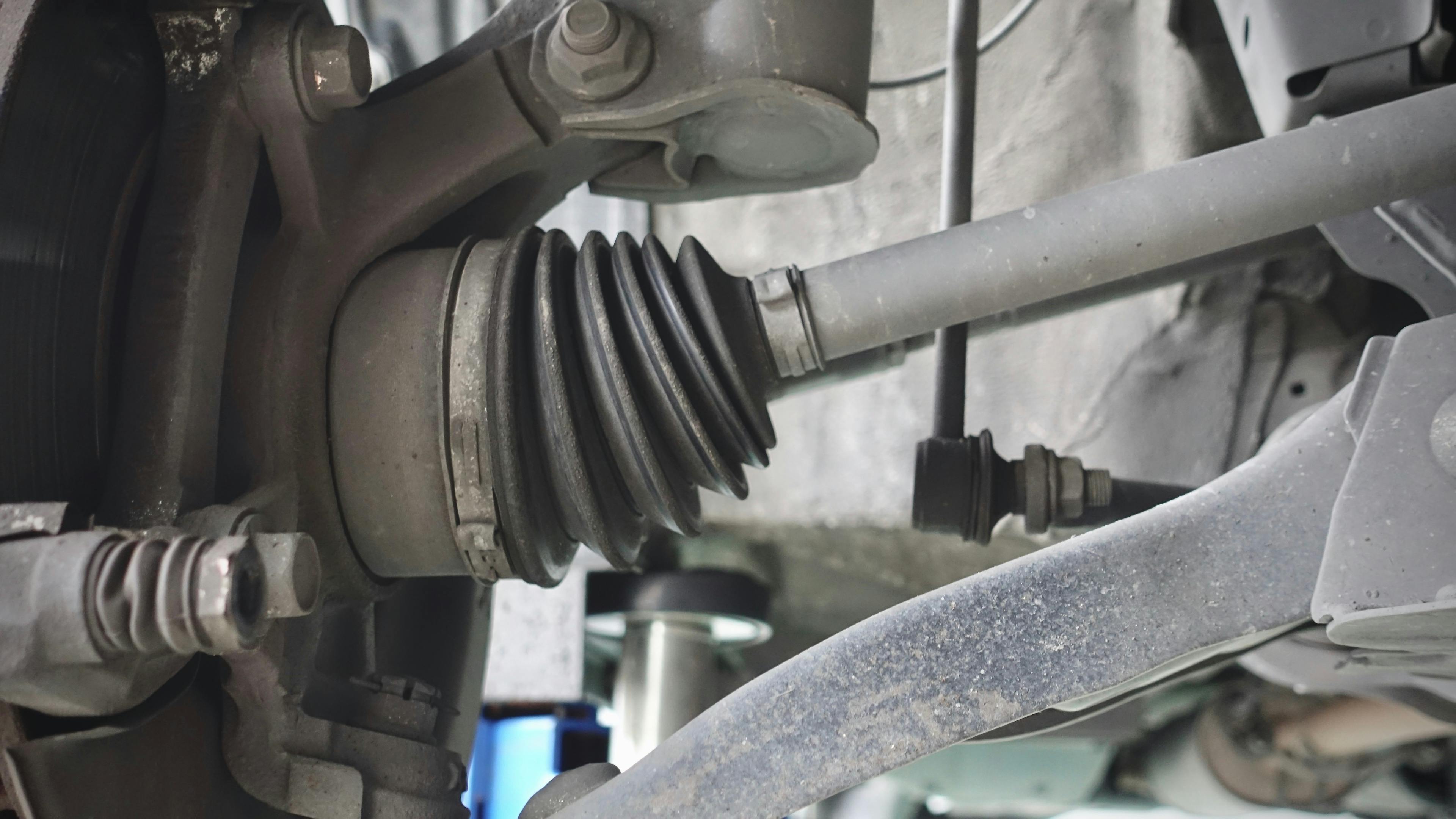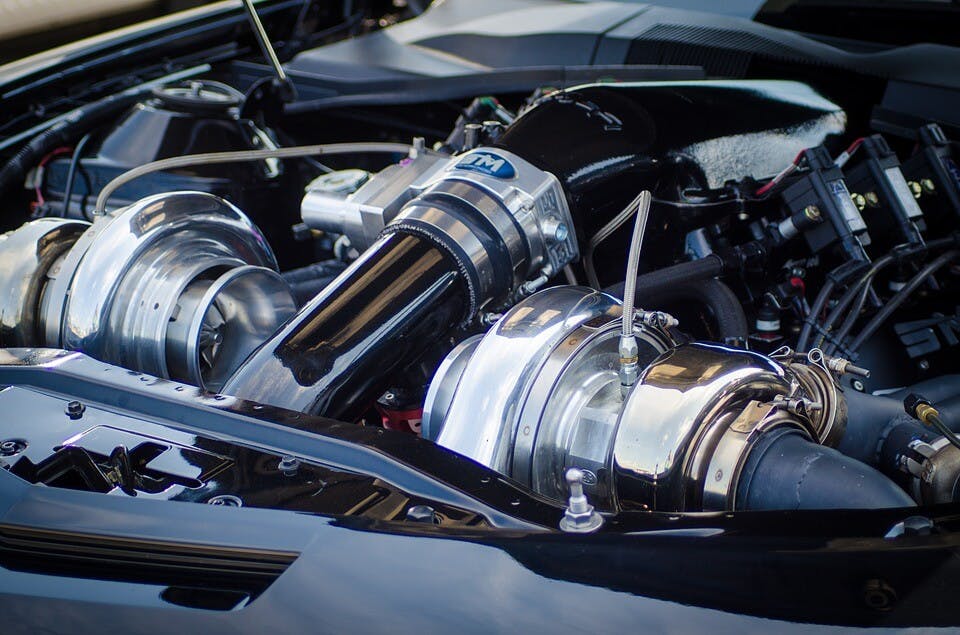Drive Axle: Front, rear, 4x4. How does it affect the car?

The drive axle is the axle to which the engine torque is transmitted and whose wheels drive the car. The drive axle, therefore, transfers the engine's torque through the wheels to the road.
How does the drive axle affect the driving characteristics of the vehicle? Let's take a look at it.
Spis treści
What is a drive axle?
When designing a car, it is essential to determine the axle that will be driven. The car's driving characteristics depend on the drive axle and the ability to transmit the engine's power to the road.

Engine Power And Torque: Which of these parameters is more important?
In most cases, the drive axle is chosen depending on the engine mounting, which also significantly impacts the car's driving characteristics. Some combinations of mounting the engine and the driven axle are unusable (for instance, rear engine with front axle drive).
The drive axle gives the car specific driving characteristics. For two-axle cars, there are the following axle drive options:
Front axle drive
Rear axle drive
Four-wheel drive (4x4, AWD)
1. Front axle drive
The drive of the car is ensured only by the front wheels, which at the same time also change the car's direction. This type of drive is used exclusively only when the engine of the car is placed in the front.
2. Rear axle drive
The rear wheels provide the car's drive, while the front wheels are used to change the car's direction. This type of drive is used with both front-mounted and mid-rear engines.
3. Four-wheel drive
All the wheels of the car power the car, and this four-wheel drive can be permanent (usually AWD) or switchable (usually referred to as 4x4, but can vary).
If the four-wheel drive is switchable, it is possible to switch the car's drive to either front-wheel drive mode or rear-wheel drive mode, depending on a specific car.

4 Wheel Drive Indicators: What is the difference between 4x4 High, Low, or Auto?
The combination of engine mounting with axle drive significantly affects the car's driving characteristics, while different configurations have disadvantages.
What is understeer?

Understeer is a phenomenon that occurs when driving through a corner at high speed or when the adhesion conditions of the road have deteriorated. When understeer occurs, the car tends to continue driving in the original direction and fly off the outside edge of the corner, which means that the car is not turning enough.

Understeer: How to handle an understeer skid?
Understeer usually occurs in front-wheel drive cars, but it can also occur in rear-wheel drive vehicles. The cause of understeer is the loss of grip of the wheels on the car's drive axle.
What is oversteer?

Oversteer is a phenomenon that, like understeer, occurs when driving around a corner at high speed or when the adhesion conditions of the road have deteriorated.
This is the case when the front part of the car willingly turns into a corner, but the rear part continues in the original direction. This causes the car to spin in the opposite direction or uncontrollable rotation, making an unwanted U-turn.

Oversteer: How to handle an oversteer skid?
The name of this phenomenon is thus derived from the fact that the vehicle turns too much during oversteering. As a rule, oversteer appears in cars with rear-wheel drive, but vehicles with front-axle drive are no exception.
However, in the case of a vehicle with front-wheel drive, it is quite complicated to achieve oversteer. The direct cause of the oversteer of the car is the loss of grip on the wheels on the rear axle.
Conclusion
Four-wheel drive tries to eliminate most of the disadvantages of front- or rear-wheel drive, but it requires several components, which significantly increase the weight, but also the price of the car.